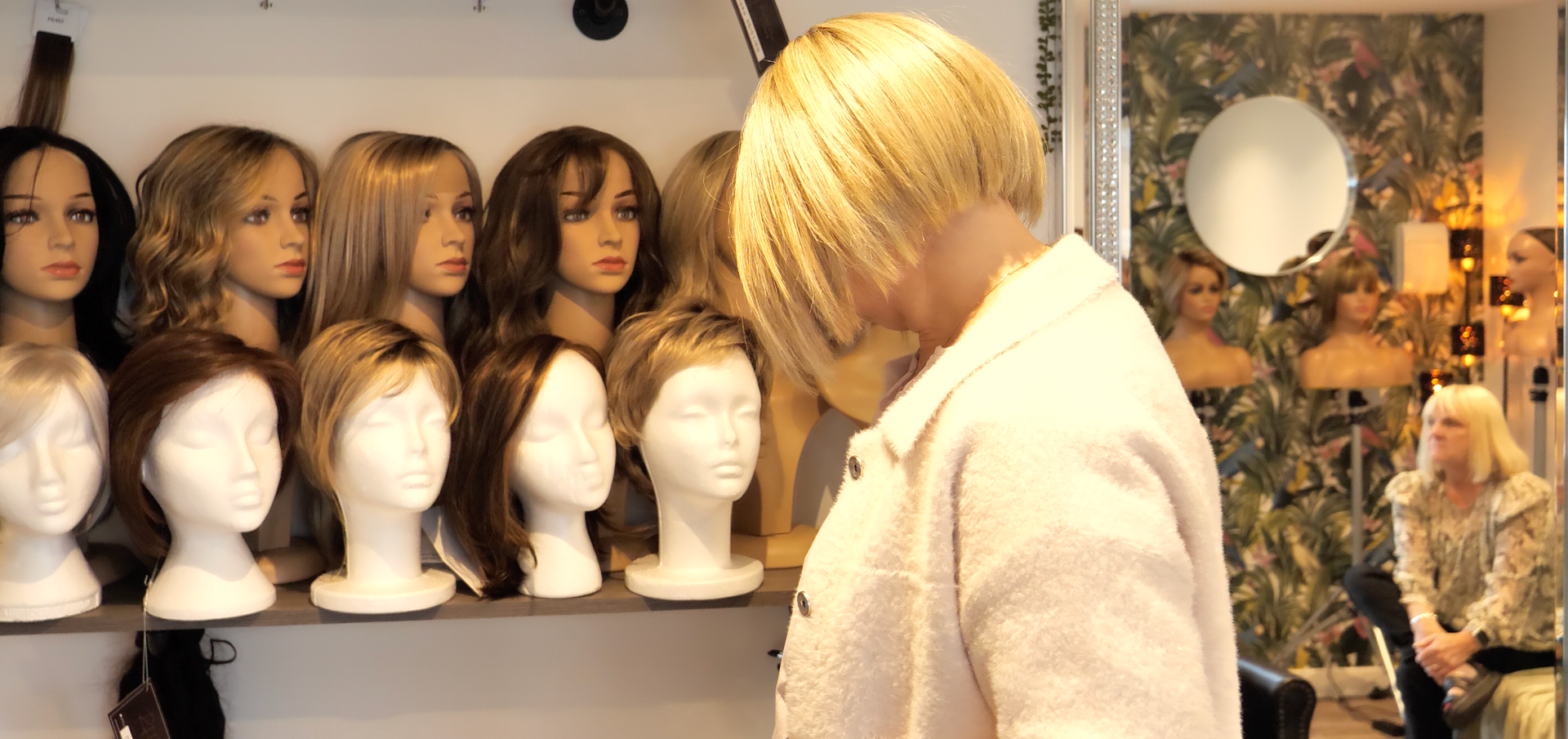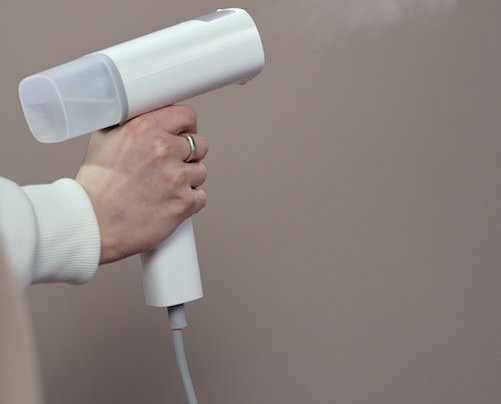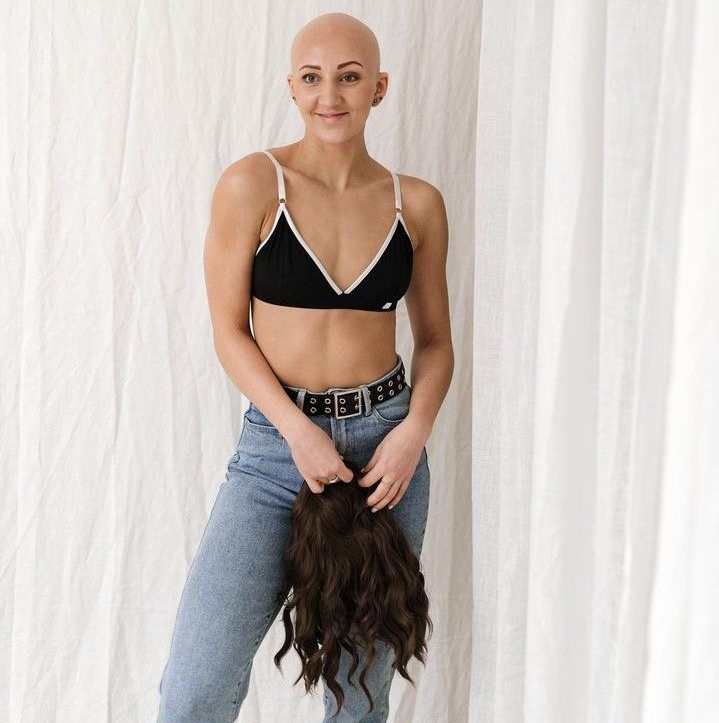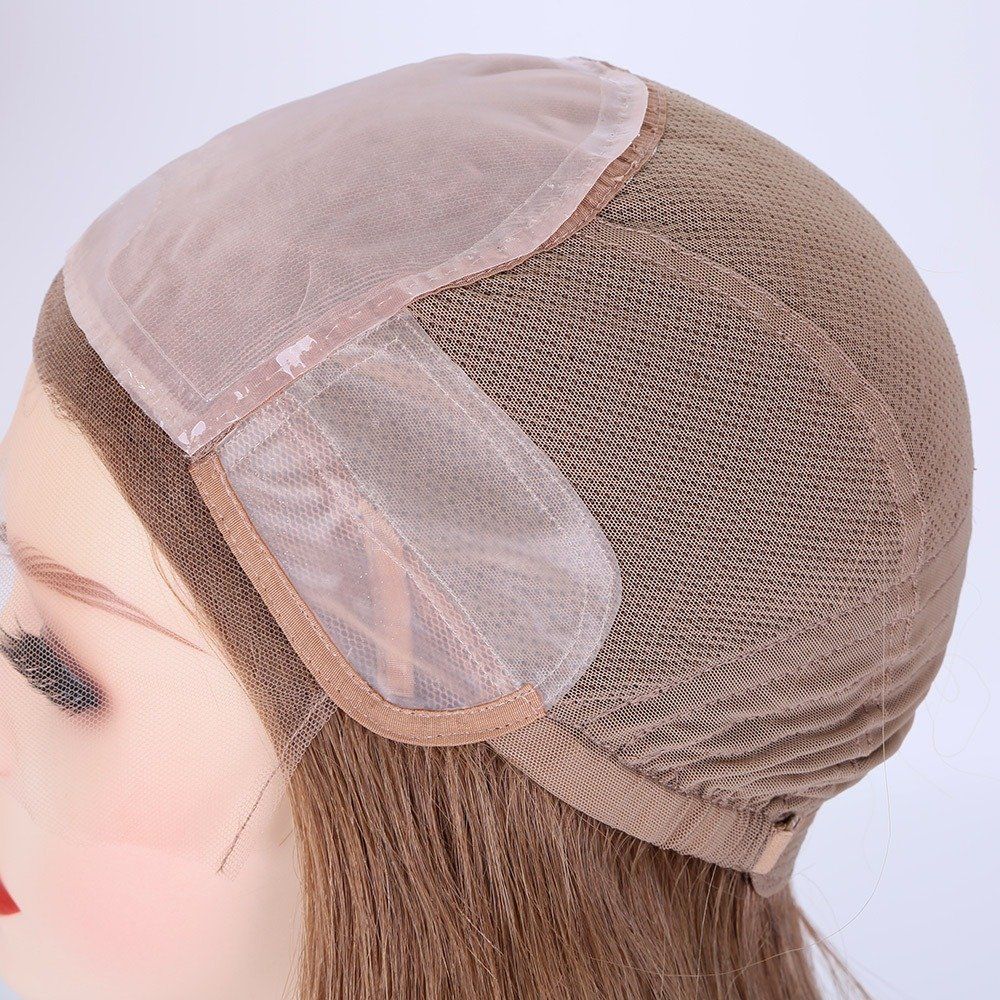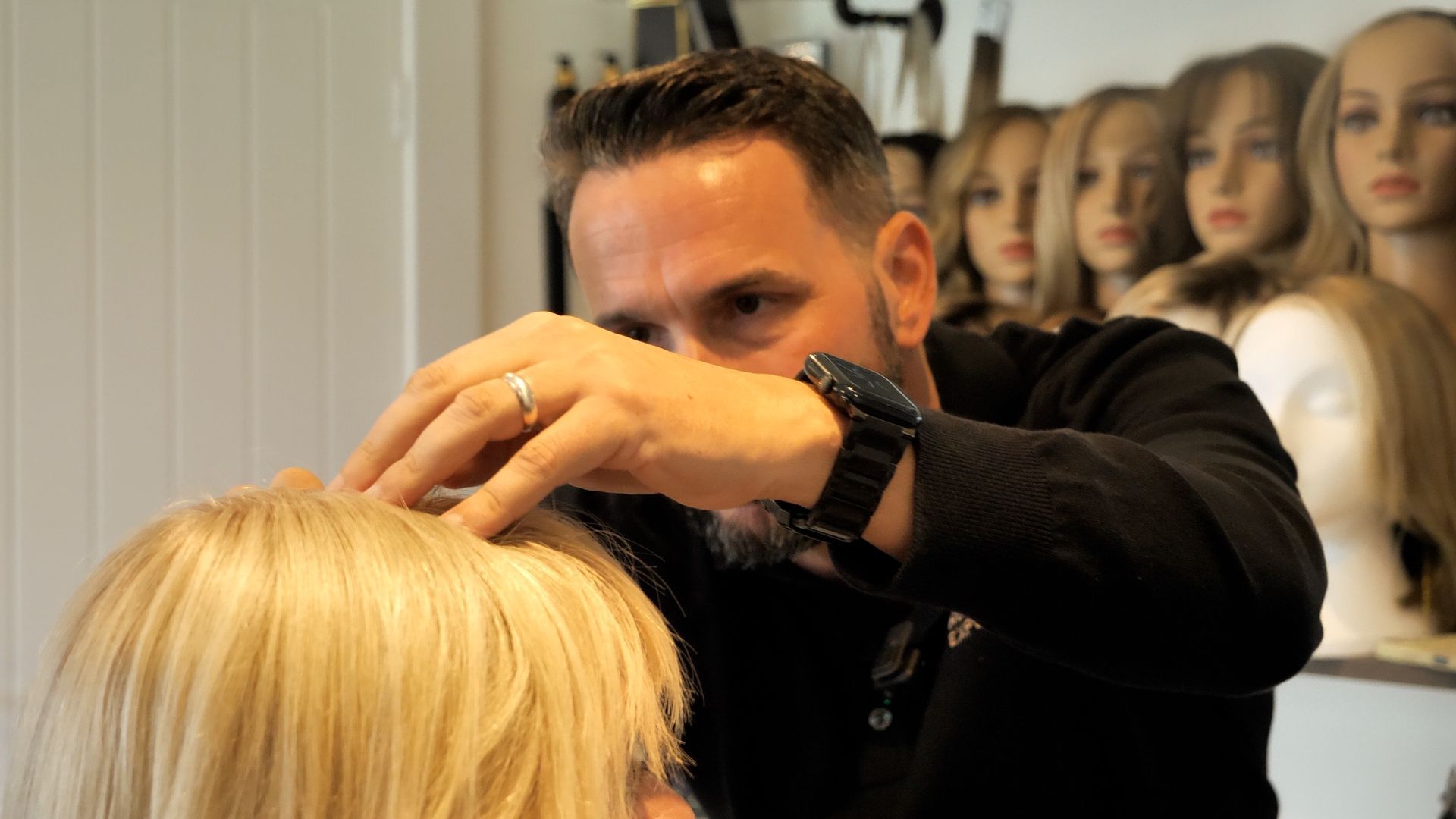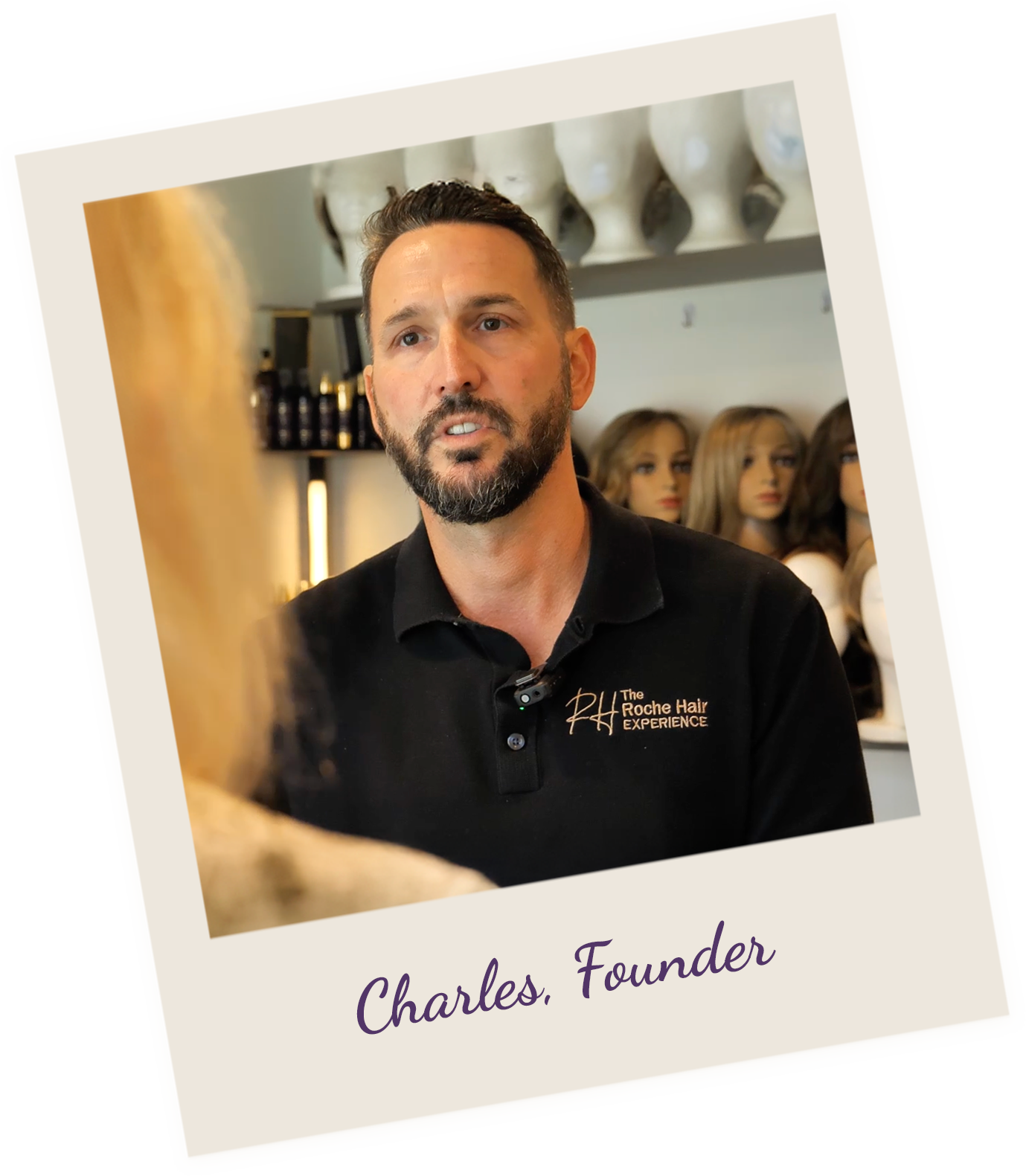Different Grades Of Hair
What Are the Different Types of Human Hair for Wigs?
Celebrities model wigs, extensions, and hair bundles as their go-to hairstyles. We crave their flawless look by replicating the hairstyles we see on television and social media. Synthetic wigs fail to meet expectations; after one use, they lose their shine and become rough. Straightening or styling often can’t revive a synthetic wig, forcing us to replace them frequently. In contrast, real human hair looks natural and lasts much longer. Real human hair withstands various styling methods using heat appliances without melting, unlike synthetic hair.
However, human hair doesn’t always guarantee good quality. Hair must go through several stages and processes to become the wigs and bundles we buy.
At The Roche Hair Experience, we understand the power a good wig has on a person’s self-esteem and well-being. Our experience shows that buying a cheap wig online often leads to disappointment when it looks nothing like the picture upon arrival.
We spent months talking to various hair suppliers and testing numerous samples they sent us. They all claimed their hair was 100% human hair. However, after testing them under a scientific microscope, we found that 70% were actually a mix of human and synthetic hair. We discovered an amazing provider who ensures our wigs and bundles are 100% unprocessed virgin hair of the finest grade, such as 10a or 12a human hair.
The Difference Between Hair Types?
Natural hair grows with the cuticles aligned in one direction from the scalp. The finest quality wigs are more expensive because they have intact cuticles, which naturally direct the hair and produce a natural sheen, resembling natural hair follicles.
Use a microscope to check if the cuticles are aligned, but not everyone has one readily available. Alternatively, perform the friction test: rub the hair strand from tip to root, and it should cause friction if the cuticles are aligned.
Is It Remy Hair?
Non-Remy hair has cuticles positioned in different directions. This hair type tangles quickly, making the wig hard to style.
Unfortunately, the wig industry is unregulated, allowing anyone to advertise human hair as Remy without proof of quality or origin. This enables manufacturers to profit from false advertising.
We offer all our local customers the opportunity to book the wig experience, where you can touch and try the wigs on before purchasing. When you try on a high-quality wig, you’ll notice the difference right away. It’s hard to go back to cheap hair after experiencing the highest quality.
Different Types Of Hair
When you look at wigs and bundles, you will undoubtedly encounter various terms for human hair.
Do Virgin, Remy, and non-Remy sound familiar to you?
In this blog, we aim to explain the meaning of each term.
So what do they actually mean?
All these hair types are 100% human hair, but this is the only similarity they share.
- Virgin hair comes from a single donor and has never undergone chemical treatment or dyeing.
- Remy hair retains its cuticle alignment in one direction and may have been treated or dyed.
- 100% human hair includes any hair sourced from a human scalp, which can come from the floor of a hair salon, hair brushes, corpses, or even drains.
Understanding what type of hair you are purchasing and where it comes from is crucial.
Ready to Regain Your Confidence & Feel Like Yourself Again?
Explore our range of premium human hair wigs in a private, supportive setting where you can try different styles, ask questions, and find the look that feels right for you.
Latest Posts
